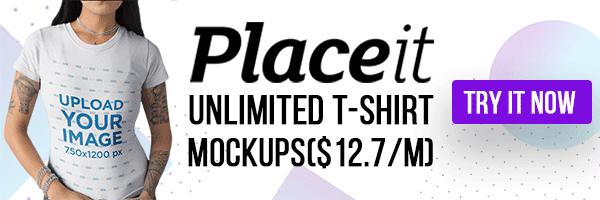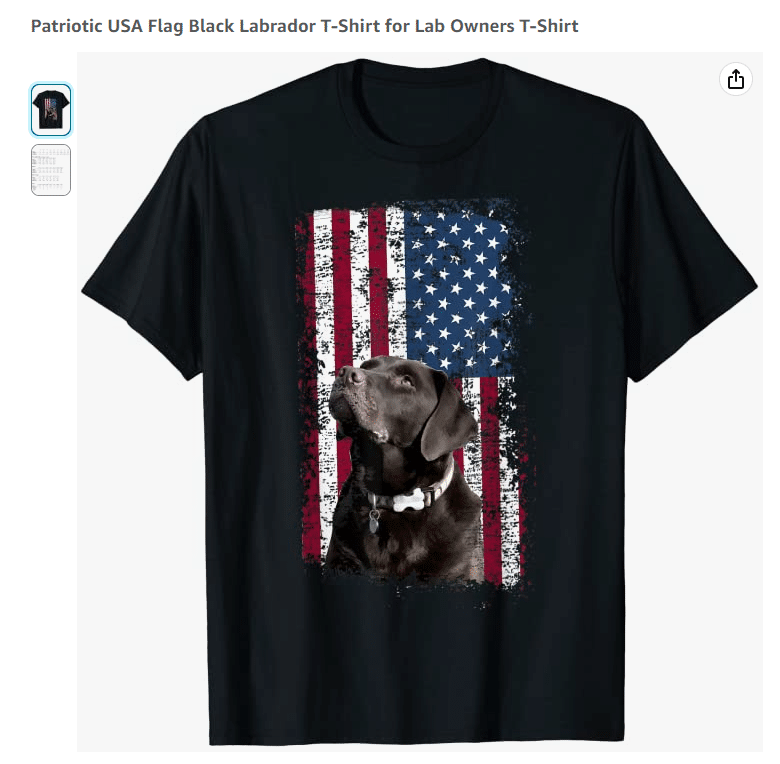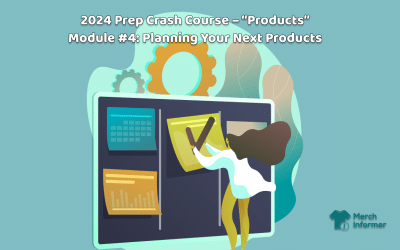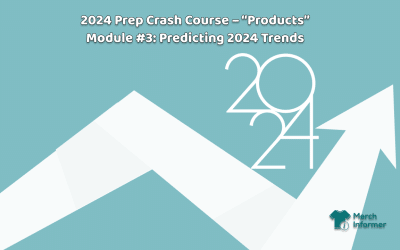Listing optimization on Amazon Merch on Demand: Writing product titles that sell
So, you want your products on Amazon Merch on Demand to sell well? One often overlooked aspect of the ranking process on the platform is title optimization.
Yes, a listing’s title is short, at only 200 characters. And this means you need to think carefully about the way you’ll portray your product. It must convey the idea of the main design, be keyword-rich, and catchy all the while.
If you are ready to start optimizing your merch titles, we’re here to teach you how.
What are the benefits of writing a good title on Amazon Merch on Demand?
Writing a good Amazon Merch on Demand title is vital for your listing. As one of the most important ranking factors, you need to put a lot of effort into it. Here are just a few of the benefits of a strong title:
- You will rank higher in search queries
- You are more likely to get more traffic
- You will get in front of a wider audience, and
- You are likely to sell more.
What are some of the problems that stem from a bad title?
On the other hand, we have seen many bad titles on the platform. These subpar titles are typically keyword stuffed, difficult to read or nonsensical.
What audiences do want is clarity, conciseness, and precision.
A bad title will negatively affect your ranking, deter customers from clicking on the listing and generally limit the scope of the people that will see your product.
Furthermore, if you are selling a product with a bad title that infringes on the platform’s content policy, you risk the following actions taken against you.
Amazon may:
- Remove your listing or take corrective actions
- Immediately suspend or terminate your privileges
- Remove listings
- Terminate the business relationship, or
- Permanently withhold payments.
These are serious consequences that you want to avoid at all cost.
What not to include in your title?
To avoid having your listing permanently removed or worse, having the business relationship with Amazon Merch on Demand terminated, it’s worth considering what is not acceptable for inclusion in your titles.
In short, this can be broken into three main categories:
- Illegal or infringing content: this refers to content that does not comply with laws related to a particular region where your listings are available and content that infringes on the intellectual property of others.
- Offensive or controversial content: this is self-explanatory, but if you’d like to see more details on this topic, these can be found on Amazon’s Content Policies page.
- Other prohibited content: other prohibited content includes solicitations for customer reviews; content indicating that any sales proceeds will be donated; content which references product/fulfillment/shipping/delivery attributes; content which leads to a poor customer experience; the inclusion of phone numbers, physical mail addresses, websites, or URLs; keyword stuffing; inaccuracies in the title and description, etc.
What constitutes a good title?
Having covered the elements that constitute a bad title, let’s take a look at what makes a good title. Although there are conflicting opinions on this topic, we can definitely agree on a few things.
The title should provide a good customer experience, describe the design accurately, and be keyword-rich.
As such, you want to ensure that your title contains the following elements:
- Primary keyword
- Secondary keyword(s)
- Description of the image or text on the front of the item
- Audience it’s intended for
- Type of merch product (t-shirt, hoodie, tote bag, etc.)
Even if this seems like quite a short checklist, it is highly effective and ensures that you keep your title length as short and concise as possible. Remember that you do not need to use up all 200 characters in your title. Some results of A/B testing have shown that shorter titles perform better than longer ones.
Other important formatting elements to consider when creating your title include:
- Capitalize each word (use title case)
- Use keyword breaks such as | symbols, and
- Avoid ampersands (&) and use “and” instead.
How to write a good title
Writing a good title using the checklist mentioned above can now be a breeze.
For example, if we have a t-shirt with a design of a dog on it and it’s aimed at women who consider themselves dog moms, our title might look something like this:
- Primary keyword: Dog shirt
- Secondary keyword: None
- Description of the t-shirt image or text: Cute Labrador
- Intended audience: Pet lovers and moms
- Merch type: T-shirt
Therefore, when we put all this together, the title will read something like this:
Dog Shirt for Pet Lovers and Moms Featuring a Cute Labrador T-shirt.
Right now, this title is only 68 characters long. We can make it longer for sure, but it doesn’t contain keyword stuffing and it tells the audience quickly and concisely what they are getting.
Another real example we found to illustrate this point is a t-shirt by the seller Patriotic Labrador Clothing Gift T-Shift. Here is their title:
Patriotic USA Flag Black Labrador Gift for Lab Owners T-Shirt
At only 61 characters long, there is absolutely no repetition of any of the keywords, while the adjectives “patriotic” and “black” nicely complement the nouns “USA flag” and “labrador”.
In addition to this, the seller has added a nice touch by indicating who the intended audience is of this shirt by stating “for lab owners”.
They’ve ended their product title with the word “T-shirt” to indicate the type of merch product being sold.
Here’s a full breakdown:
- Primary keyword: Patriotic USA flag; Black Labrador
- Secondary keyword: Gift
- Description of the t-shirt image or text: USA flag, Black Labrador
- Intended audience: Lab Owners
- Merch type: T-shirt
Overall, this is a strong title that does what it says it will. In addition, the title makes it easy for the audience to quickly visualize the item first before looking at the design.
Why product titles are just one part of the listing optimization mix
Writing powerful product titles is just one part of the whole mix though. In order to fully optimize your listing and rank high in the search results, you also need to consider doing the following:
- Choose your categories carefully
- Create high-quality designs
- Write detailed and informative product descriptions
- Select the most high-search-volume keywords to compete more effectively
- Avoid duplicate product pages
- Emphasize your key features and benefits
- Optimize for mobile devices
- Promote engagement through positive ratings and reviews, and
- Price competitively.
Final thoughts
Despite Amazon Merch on Demand’s rules for creating effective product titles, we still see many sellers who don’t abide by the rules. This greatly diminishes their listings and leads to a negative experience on the platform.
To ensure your title is as accurate, concise, and as logical as possible, the checklist above should help you get started.
One of the most important parts of optimizing your title is ensuring you use the right keywords in it. To help you get the right keywords and see what competitors are doing, Merch Informer is an absolute must.
For only $9.99 a month, the platform can help significantly advance your merch side gig.






